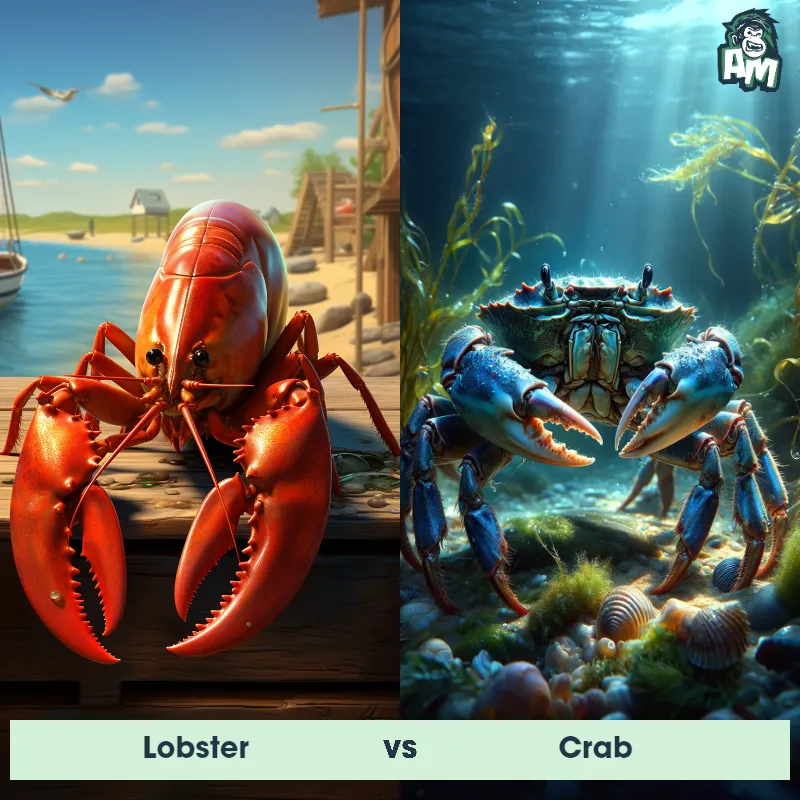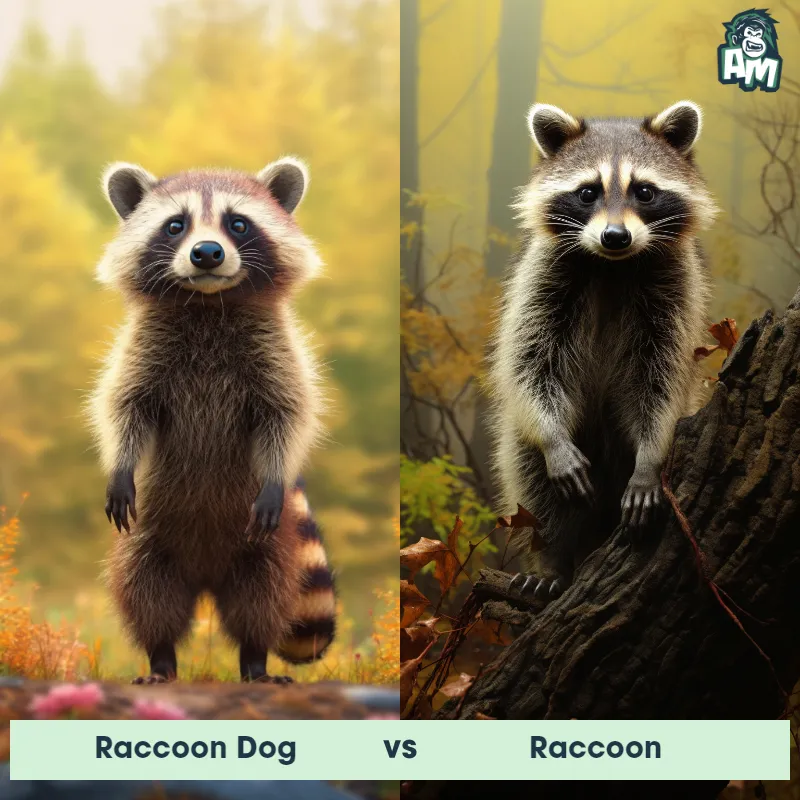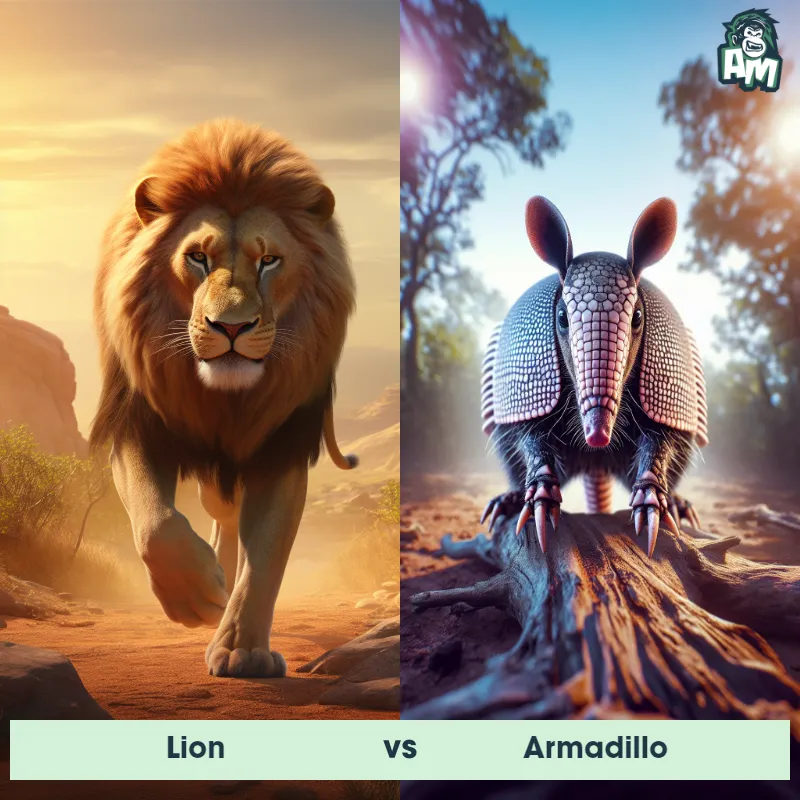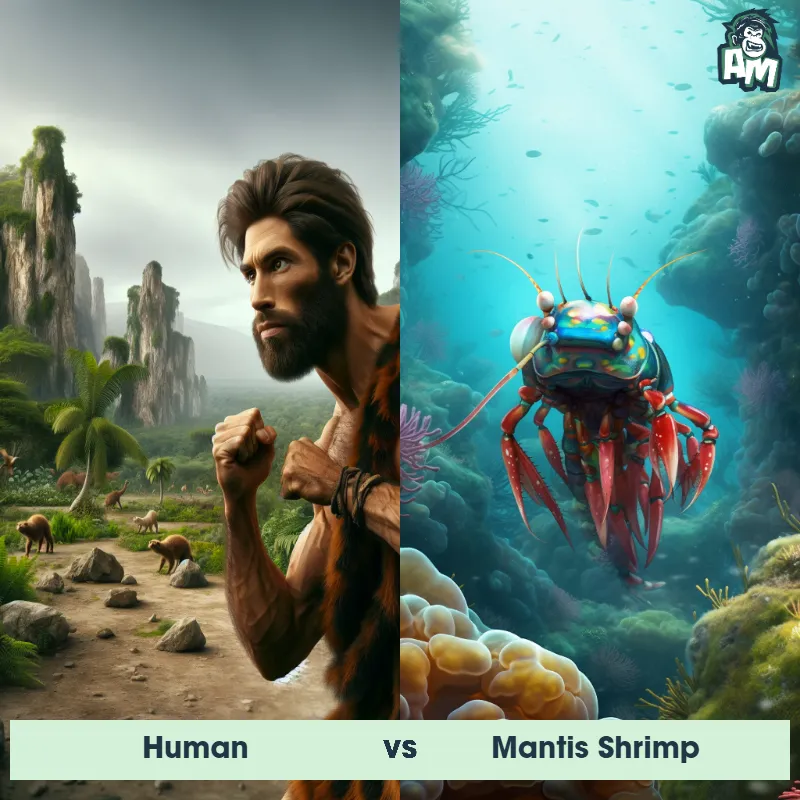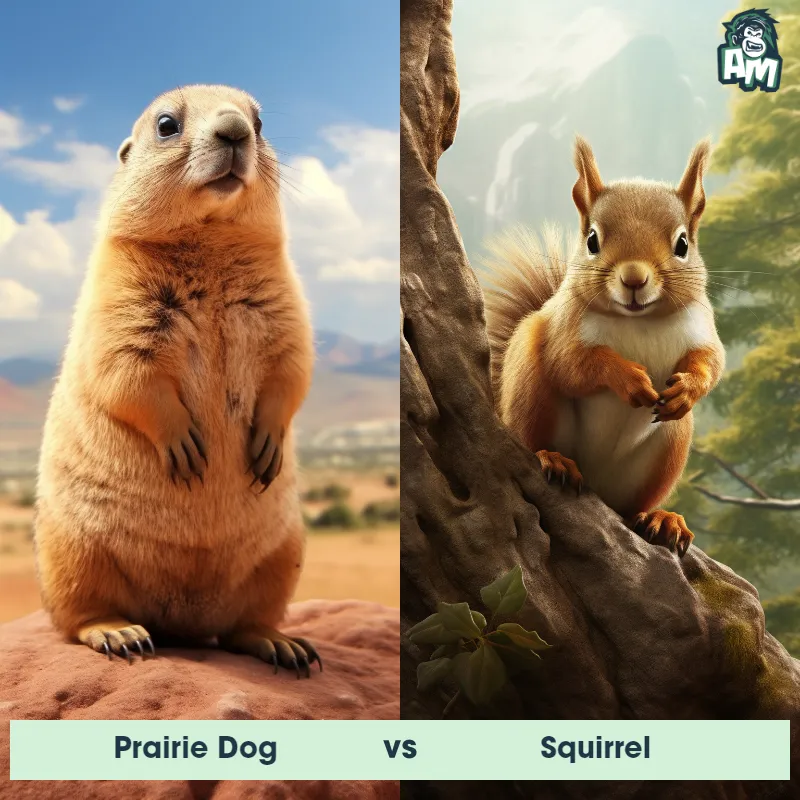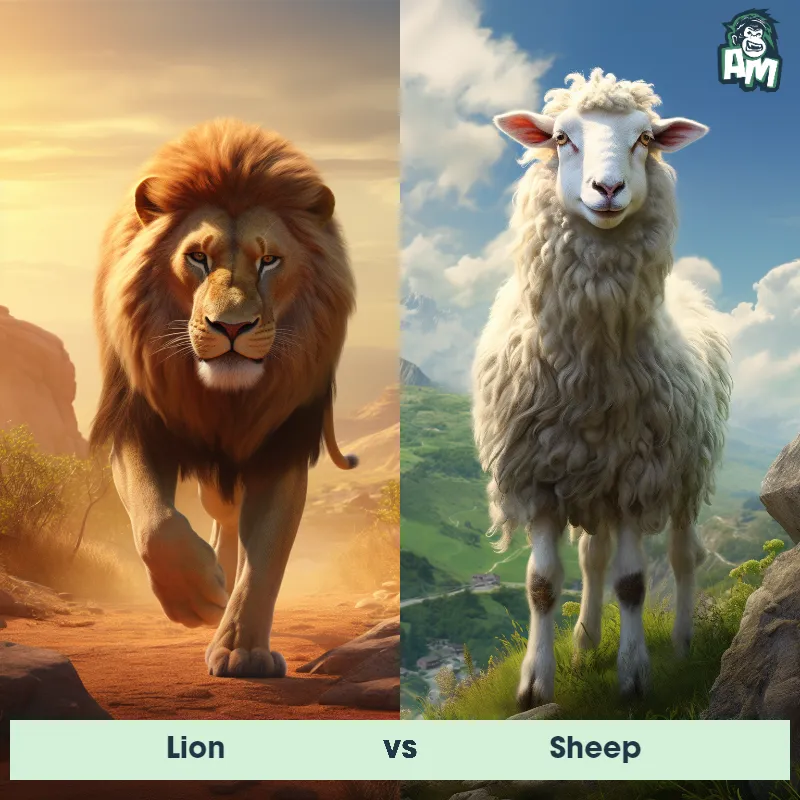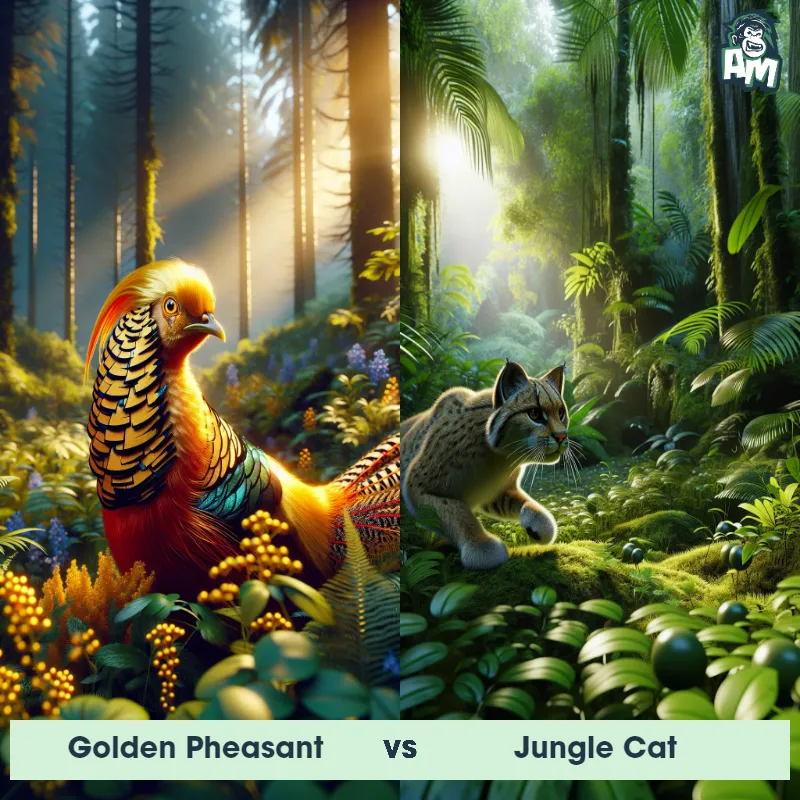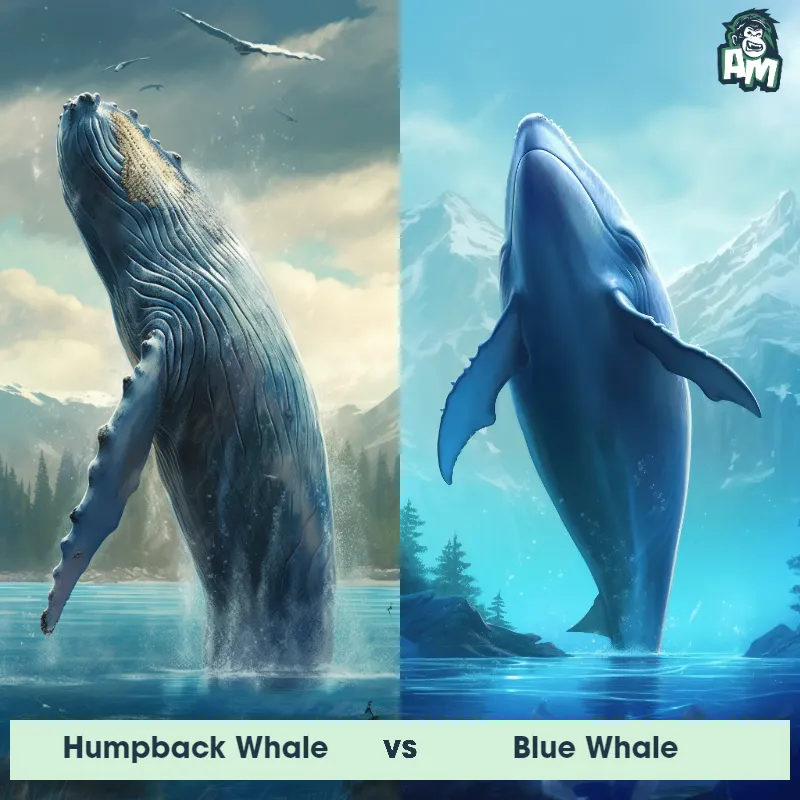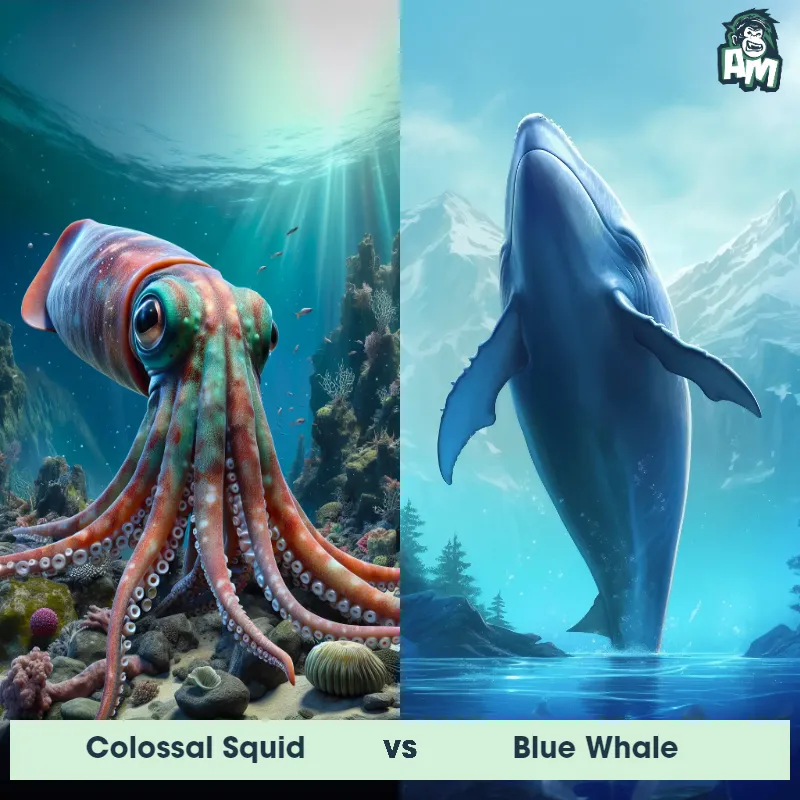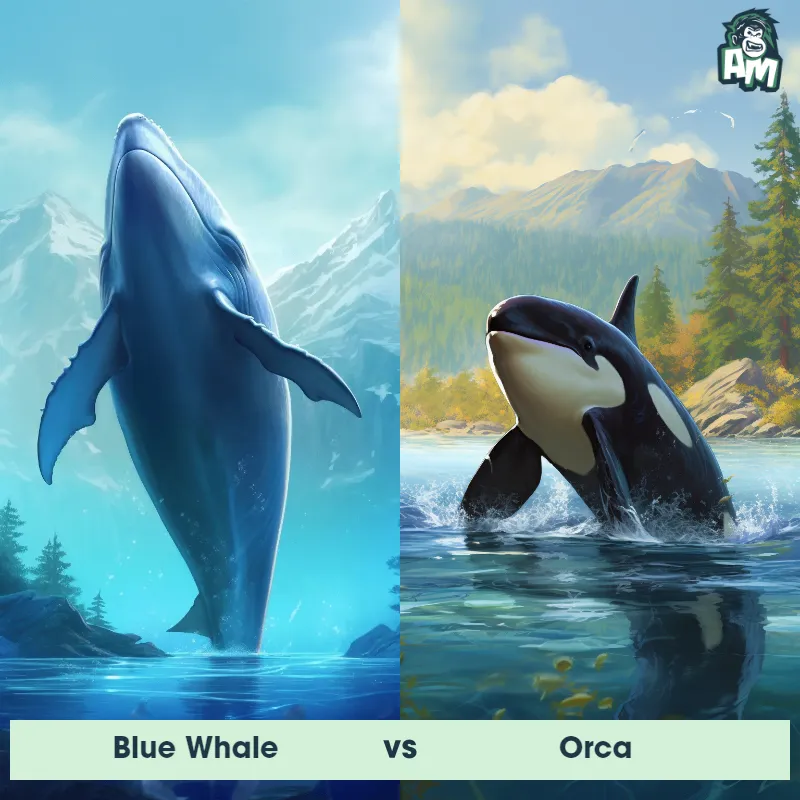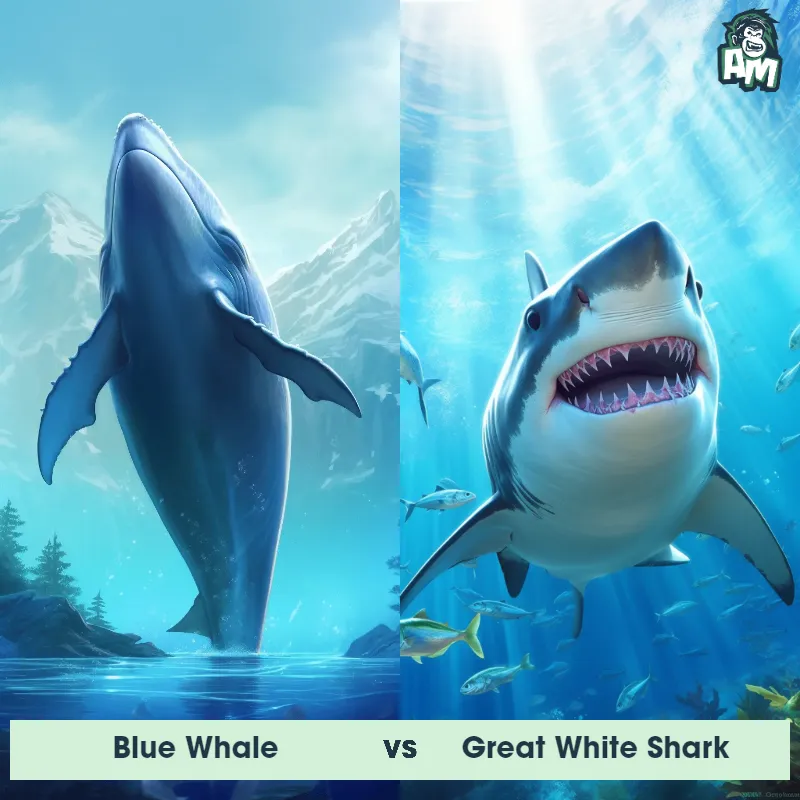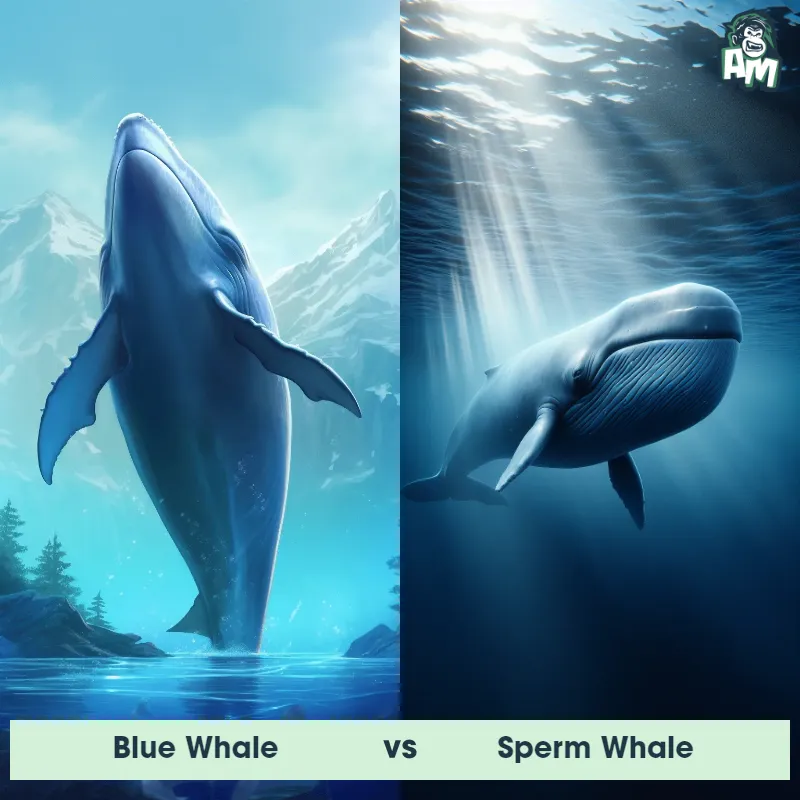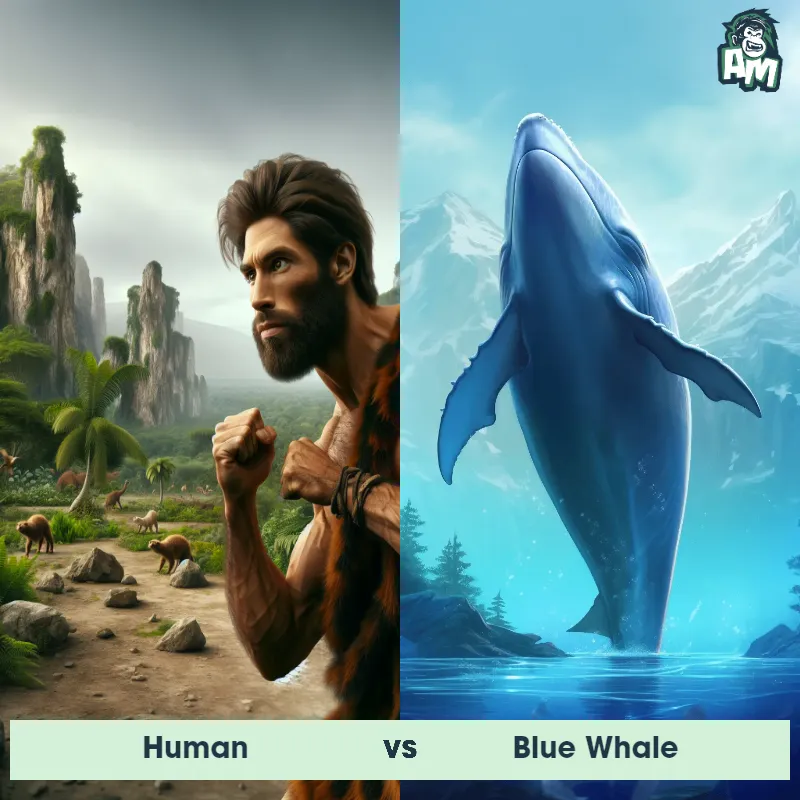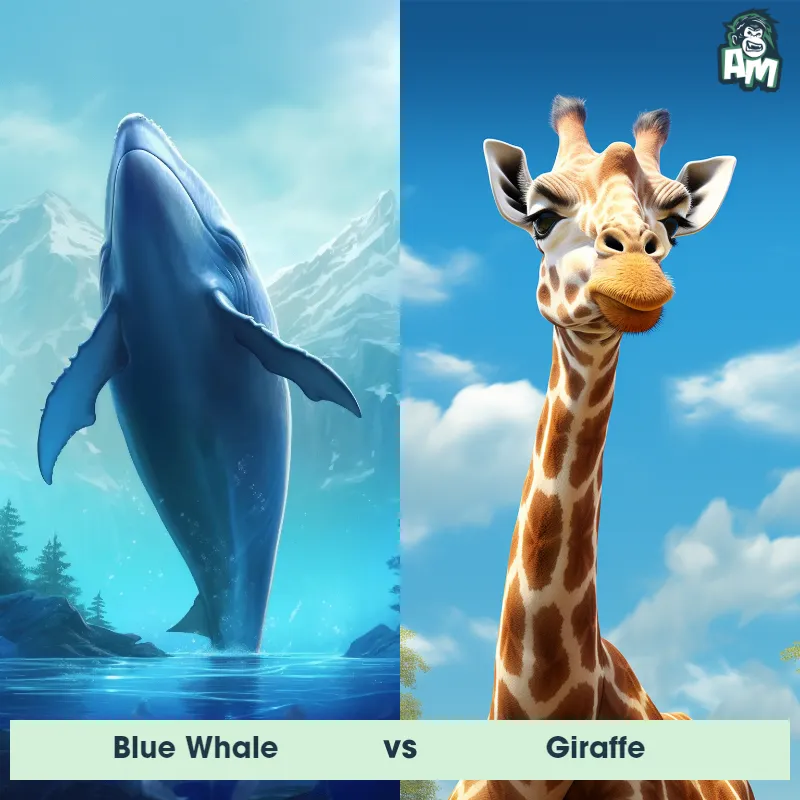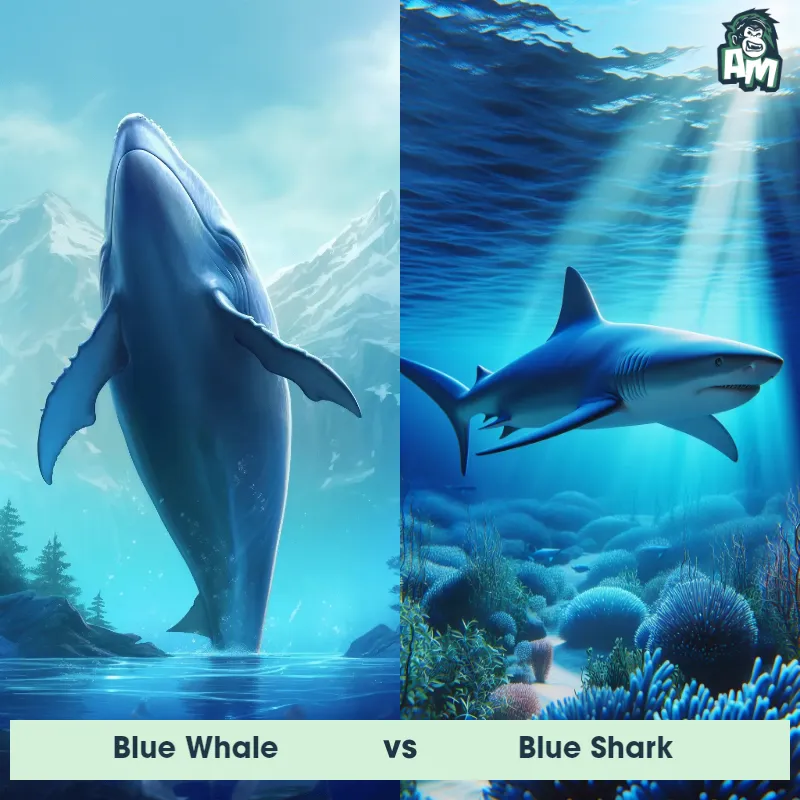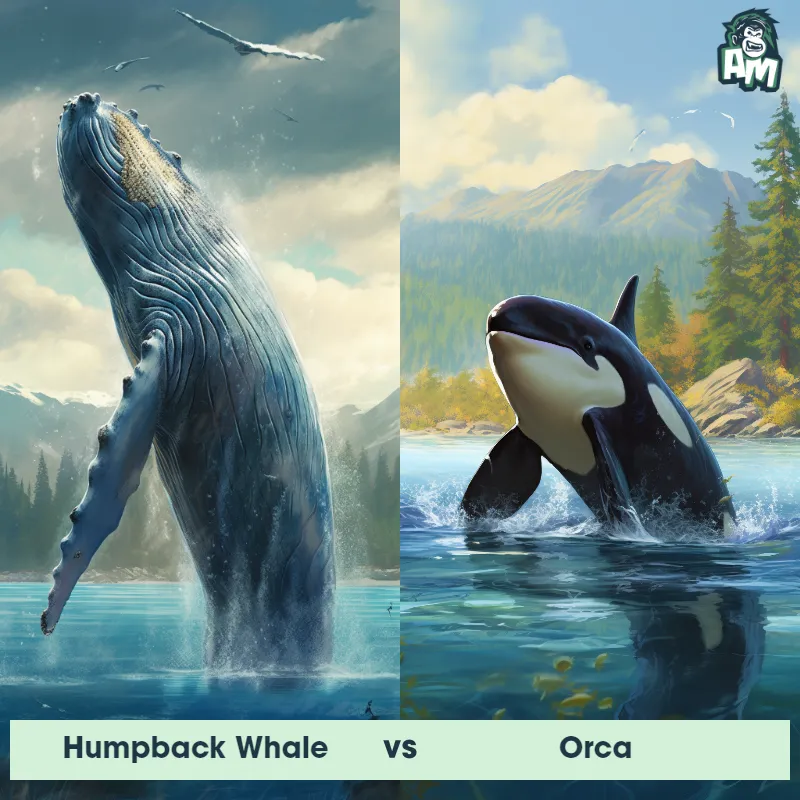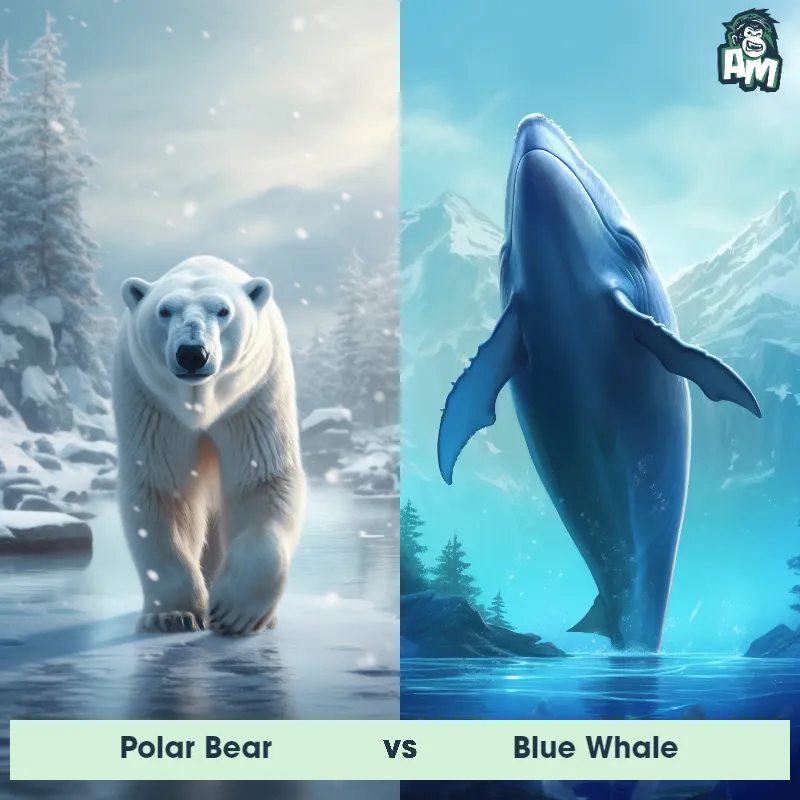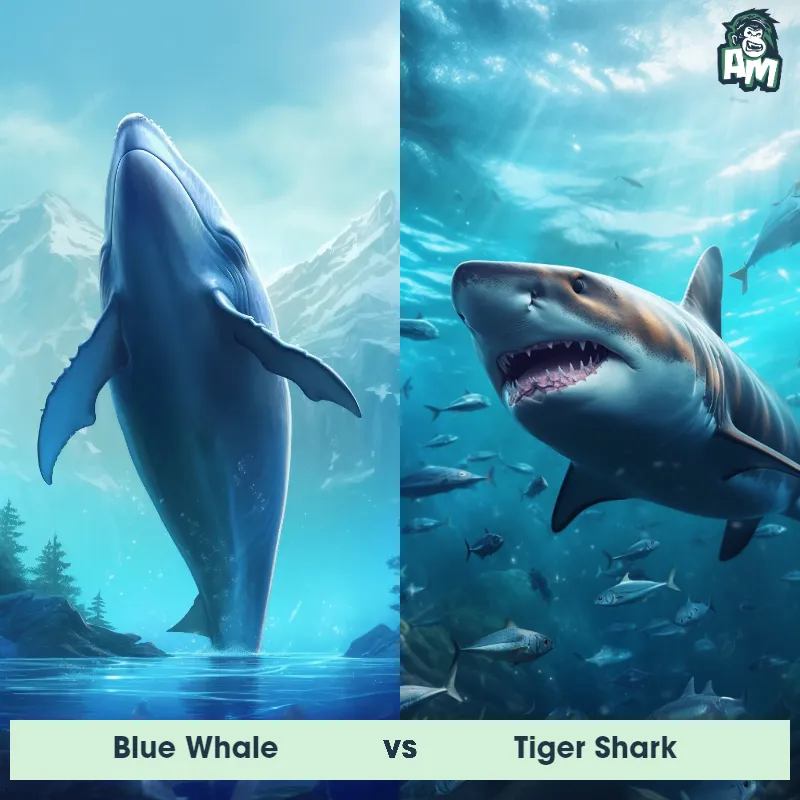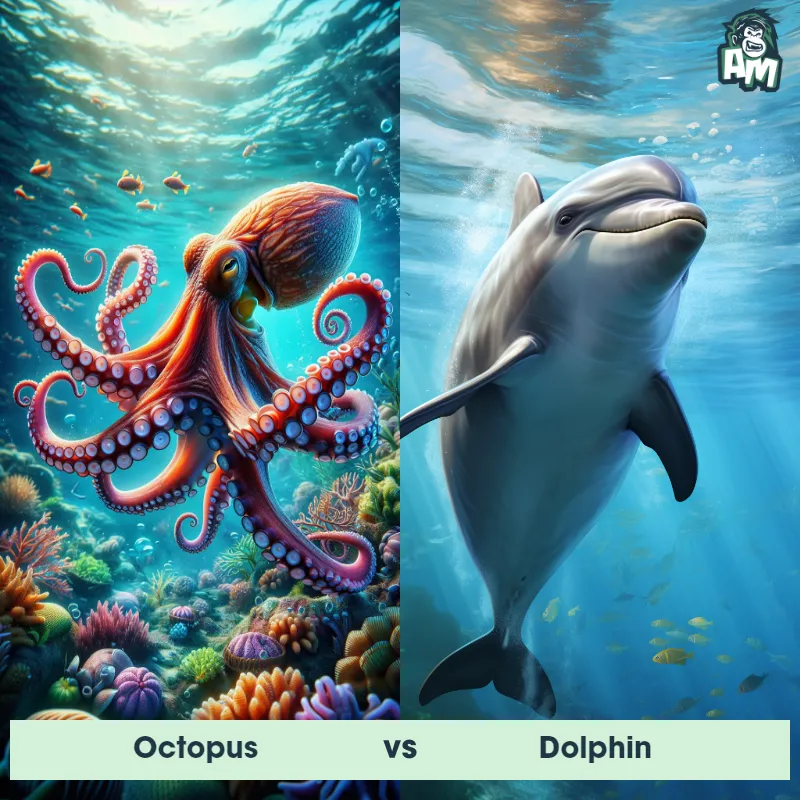Blue Whale vs OctopusSee Who Wins

Ladies and gentlemen, welcome to this epic showdown between two formidable creatures of the deep! In one corner, we have the mighty Blue Whale, the largest mammal to ever grace the oceans. And in the other corner, we have the cunning Octopus, known for its intelligence and agility. This is a battle for the ages, as these majestic giants clash in a three-round fight!
Contender 1: Blue Whale
The Blue Whale, also known as Balaenoptera musculus, is the largest animal on Earth, reaching lengths of up to 100 feet and weighing up to 200 tons. They have a long, streamlined body with a bluish-gray color and a small dorsal fin. Their diet consists mainly of krill, which they filter through their baleen plates. Blue Whales are known for their loud, low-frequency vocalizations, which can be heard for hundreds of miles.
Fun Fact: Blue Whales have the largest heart of any animal, weighing up to 1,000 pounds and being the size of a small car.
Contender 2: Octopus
The octopus is a fascinating marine creature known for its rounded body, large eyes, and eight long arms lined with suckers. They belong to the class of mollusks known as cephalopods and are widely regarded as the most intelligent invertebrates. The octopus's skin color and texture can change dramatically, a trait used for both communication and camouflage. Octopuses are carnivorous, feeding mainly on crabs, shrimp, and other small sea creatures.
Fun Fact: Octopuses have three hearts; two pump blood to the gills, while the third pumps it to the rest of the body.
Matchup Stats
| Blue Whale | Octopus | |
|---|---|---|
| Size | Up to 100 feet (30.5 meters) | Varies by species, from 1 inch (2.5 cm) to 14 feet (4.3 m) in arm span |
| Weight | Up to 200 tons (181 metric tons) | Varies by species, from less than 1 ounce (28 grams) to 600 pounds (272 kilograms) for the largest species, the Giant Pacific Octopus |
| Speed | Speed: 20 mph (32.19 km/hr) | 25mph (40km/h) |
| Key Strength | None | High intelligence, ability to change skin color and texture for camouflage, and use of ink for defense |
| Biggest Weakness | Slow movement | Soft body with no skeletal structure, making them vulnerable to larger predators |
Current Votes
Blue Whale vs Octopus
See Who Wins
View More Matches
Looking For More?
Similar Matches
Scientific Stats
| Blue Whale | Octopus | |
|---|---|---|
| Scientific Name | Balaenoptera musculus | Octopoda |
| Family | Balaenopteridae | Octopodidae |
| Habitat | Open ocean | Marine environments, from shallow coastal waters to deep-sea trenches |
| Geography | Worldwide | Worldwide, in all oceans |
| Diet | Krill | Carnivorous, feeding mainly on crabs, shrimp, and other small sea creatures |
| Lifespan | 80 years - 90 years | 1 year - 5 years |
Key Differences between Blue Whale and Octopus
- Skin texture: The Blue Whale has smooth skin that appears wrinkled or pleated when it expands during feeding, whereas the Octopus has a soft, often bumpy skin covered in chromatophores that enable it to change color and texture.
- Habitat: Blue Whales are strictly marine mammals, inhabiting the open ocean and undertaking long-distance migrations, while Octopuses are predominantly found in saltwater, but some species can also inhabit shallow coastal waters or even brackish estuaries.
- Shape: The Blue Whale has a streamlined body with a long, slender shape that tapers towards the tail, while the Octopus has a soft, gelatinous body with a distinct large head and multiple long, flexible arms extending from it.
- Color: The Blue Whale has a bluish-gray color on its upper body and a lighter shade on its underside, while the Octopus exhibits a wide variety of colors and patterns, including brown, red, blue, and even the ability to change its color and texture to match its surroundings.
- Appendages: Blue Whales have a single, crescent-shaped dorsal fin and two pectoral fins on either side of their bodies, whereas Octopuses lack fins but possess eight flexible arms lined with suction cups that they use for catching prey and manipulating objects.
- Size: The Blue Whale is the largest animal on Earth, reaching lengths of up to 98 feet and weighing around 200 tons, while the Octopus is considerably smaller, with the largest species measuring about 30 feet in length and weighing around 600 pounds.



